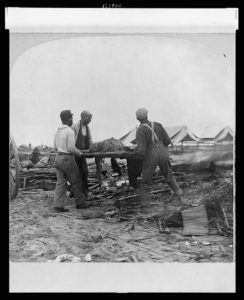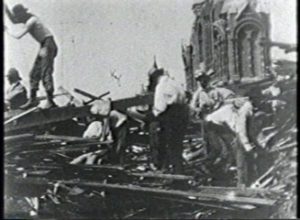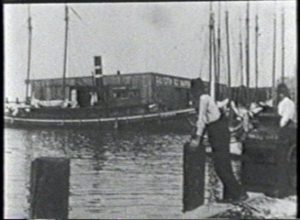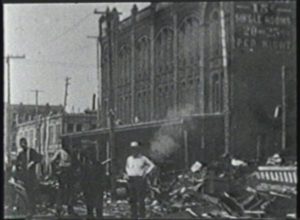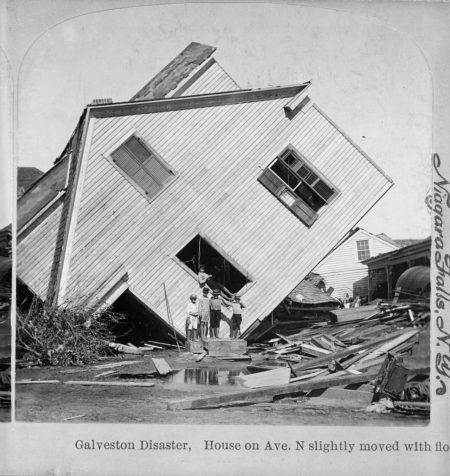
At the turn of the twentieth century, the island city of Galveston was known as the “Wall Street of the Southwest.” The port boasted a population of 37,000 and was the first site in Texas to receive electricity and a telephone service. Yet all of that was about change on September 8, when the Great Galveston Hurricane of 1900 slammed into the city. With no reliable method to track hurricanes at the time, prominent meteorologists Isaac and Joseph Cline were able to give little warning to residents about the storm to come. The hurricane came ashore with winds of 130 to 140 mph and a storm surge in excess of 15 feet as residents attempted to take shelter in buildings such as the Tremont Hotel and the Union Passenger Station. The disaster still managed to take at least 8,000 lives and 3,600 buildings, with damage estimates exceeding $20 million ($700 million in today’s dollars). In an effort to protect the town from future hurricanes, Galveston later constructed a 17-foot-high seawall and raised the grade of the city across 500 city blocks. To this day, the 1900 Galveston Hurricane remains the deadliest natural disaster in United States history.
This collection of films includes several 1900 paper print films, sponsored by the Thomas Edison Company and shot by cameraman Albert E. Smith only a few days after the storm struck. They are the only moving images taken of the disaster, and were shown publicly at Eden Musée and Proctor’s vaudeville houses in New York City.



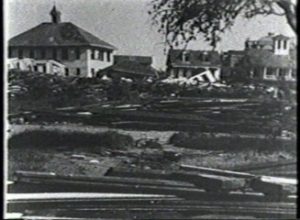
_tn-300x220.jpg)
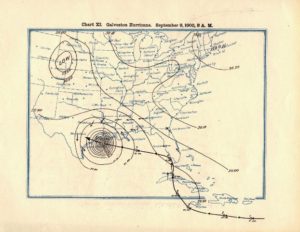
_tn-300x220.jpg)
